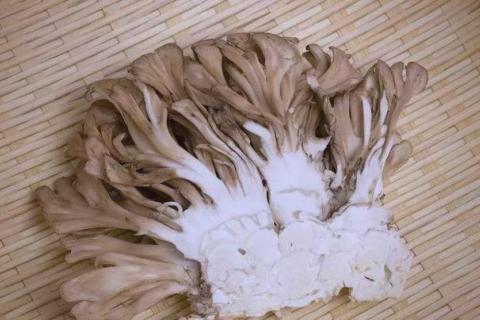
News
Dried matsutake mushrooms (Tricholoma matsutake), often hailed as the "King of Mushrooms," are a prized ingredient in global cuisine, renowned for their intense aroma, rich umami flavor, and numerous health benefits. Whether used in soups, stir-fries, or hot pot, their quality directly impacts the final dish. Unlike fresh matsutake, which are highly perishable, dried versions offer longer shelf life and concentrated nutrients—but choosing the right ones requires attention to detail. Here’s a guide to help you select premium dried matsutake.
Anti-Tumor Properties: Contains bioactive compounds like agaritine alcohol, which inhibit tumor cell growth, induce apoptosis (programmed cell death), and assist in cancer treatment while alleviating side effects of chemotherapy and radiotherapy.
Shiitake mushrooms, scientifically known as Agaricus blazei Murilland commonly referred to as Brazilian mushrooms or "king of mushrooms,"are a highly nutritious and medicinally valuable fungus. Native to Brazil and widely cultivated in Japan, these mushrooms have gained global recognition for their immune-boosting, antioxidant, and anti-cancer properties. Both fresh and dried forms of shiitake mushrooms are used in culinary and medicinal applications, with dried shiitake being particularly prized for its concentrated nutrients and long shelf life.
The popularity of log-cultivated Silver Ear Mushroom is a testament to a enduring appreciation for superior quality, authentic production methods, and holistic wellness. While the process is more time-consuming and costly than modern substrate cultivation, the result is a premium product with an unparalleled gelatinous texture, richer nutritional profile, and a clean, natural origin. For discerning consumers, chefs, and those seeking genuine wellness foods, log-cultivated Silver Ear remains the gold standard, truly justifying its reputation as a "white treasure" from the forest .
Log-cultivated shiitake are renowned for their intense, earthy aroma and rich, umami flavor that is far more complex than their bag-grown counterparts. The slow growth on natural wood allows the mushrooms to develop a deeper flavor profile. As noted by an expert, log-cultivated mushrooms have a "stronger fragrance" and a more palatable taste, making them a true "mountain treasure". Their flesh is denser and meatier, providing a satisfying chewiness that is often described as similar to eating meat .
Mushrooms are a beloved ingredient worldwide, valued not only for their rich nutritional profile but also for their unique textures and flavors. Among the vast variety of edible mushrooms, some stand out for their distinctive tastes and versatile culinary applications. Below, we introduce the top 10 most popular mushrooms, including Enoki, Oyster, Shiitake, Porcini, Bamboo Fungus, Lion’s Mane, Termitomyces, King Oyster, Morel, and White Jelly Fungus (Tremella).
For millennia, fungi like Reishi, Chaga, and Cordyceps have been treasured in traditional medicine. Today, they are revolutionizing global health markets—not as niche remedies, but as scientifically backed superfoods driving a $34.2 billion industry. Here’s why these seven fungi are captivating researchers and consumers alike.
Texture: Sponge-like density that absorbs broths while developing a seafood-like chewiness when cooked properly Flavor Base: Natural umami with subtle notes of coconut, lemongrass, and veal, attributed to volatile compounds like 4-octanolid and limonene The Obstacle: Bitter tannins concentrated in the root section that require meticulous preparation
From Tokyo's ryotei (high-end restaurants) to Seoul's pojangmacha (street food tents), Agaricus subrufescens exemplifies how East Asia transforms global ingredients through technical precision and cultural reinterpretation. Its journey – captured in the humble vacuum-sealed package of your image – mirrors larger trends: nutritional biochemistry becoming culinary art, traditional preservation evolving into modern food tech, and local flavors scaling through global supply chains.
Forget the dusty soup can of childhood memories. A quiet revolution is simmering on stovetops worldwide, and its name is the mushroom broth kit. Once a niche find, these compact packages of dried fungi, herbs, and spices are exploding in popularity, transforming simple water into deeply aromatic, nourishing elixirs. But what's driving this fungal fascination? Why are mushroom broth kits suddenly everywhere?










